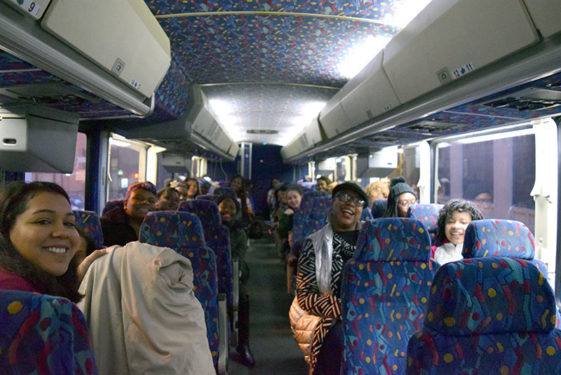
More than 40 students from the Diocese of Brooklyn and the New York Archdiocese were invited to Washington, D.C., Feb. 23 to visit different historical monuments that highlighted the African-American culture, including the Martin Luther King Jr. memorial and the National African American History and Culture Museum. Students from St. Joseph H.S., Downtown Brooklyn, included members from the United African Women’s Society, along with school ambassadors and essay writers. Students from La Salle Academy, Manhattan, and their principal, Kerry Conroy, tagged along with parents and faculty to top off their Black History Month events.
For the full story, click here: “Brooklyn Students Proud of African American Museum”
Reflections
Elizabeth Peralta, staff
St. Joseph H.S.
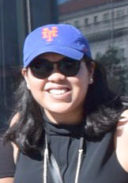
It was amazing to see them connect with a place, but more concretely, it was beautiful to see their faces glow at the experience of seeing people like them.
It’s rare to see a building dedicated to black excellence and so the most memorable moment was seeing each student whether it was the athlete, the lover of science, the lover of literature, the artist, whatever, finding themselves in that museum; and being able to connect themselves with something real.
Aiesha Turman, faculty
St. Joseph H.S.
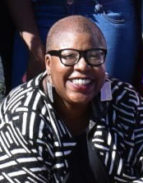
For me, it was great to see them really explore and take in the space. More than anything, the National Museum of African American History and Culture is affirmational.
Many of our students are of Caribbean descent and to see that history interconnected with U.S. and African history creates connections to the past, contemporary issues and gives them tools to help create a future they want to experience.
Pomie Delva, senior (left)
St. Joseph H.S.
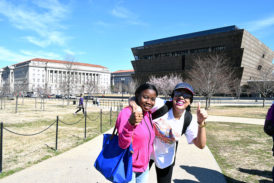
I feel like it was a good experience because I’ve never been there before and I wanted to go see it.
I heard that it’s new, so not that many people have been there before so, you know, why not be one of the first people to go. I think it was nice, enough to take pictures and share with other people.
April Courbe, junior
St. Joseph H.S.
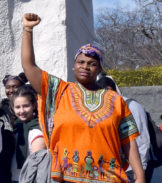
My dashiki represents my African Americans and how they used to dress.
It has a beautiful pattern. My mom made it, she’s from Haiti, she knows how to sew and do all sorts of things. So I said mom, ‘Can you please make this dress for me because I want to represent just for today?’ That’s my mommy!
Jonathan Carrington, freshman and first time in D.C.
La Salle Academy
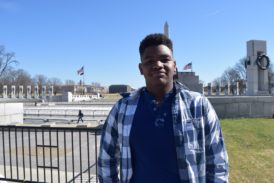
There’s a lot of things people can do. So many things like you could be the first to do something, like probably be the next in line to follow up behind someone’s legacy, create something of their own.
Alexis Jimenez, junior (center)
La Salle Academy
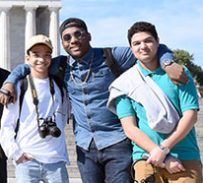
I am Afro-Latino. What stood out to me was the diversity of the people visiting the museum. It showed me how rich African-American history is, not just to myself, but to people of all races in America.
As a person of color, learning of the history taught in that museum was very refreshing, seeing how deep African-American history goes into the core of America.
Kerry Conroy, principal
La Salle Academy
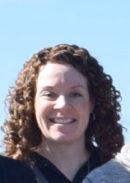
They wanted to come on their vacation to do something like this. It was meaningful to them.
They were here at six in the morning to meet us, so it all spoke volumes about who they are as young people and what they’re interested in, that this is important to them, so we’re excited to expose them to this and give them this experience.
